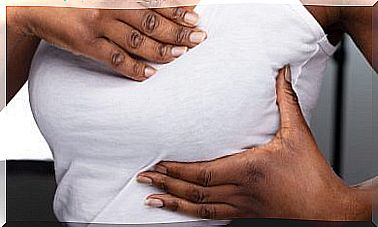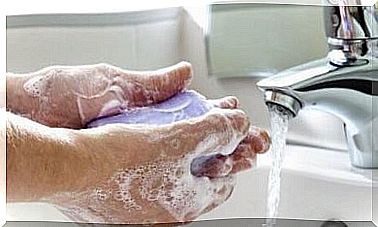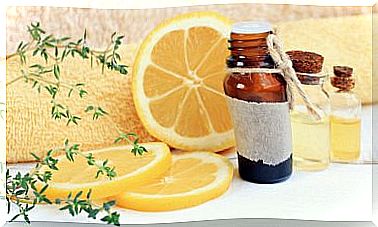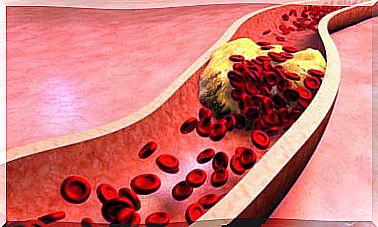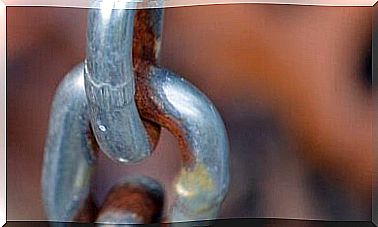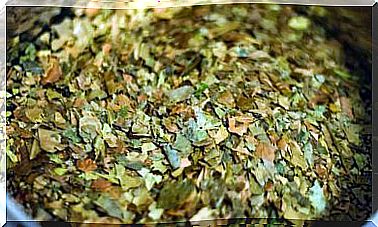Ways To Consume Algae And Its Nutritional Value
Given its high content of vitamins and minerals, the consumption of algae can be very beneficial in the treatment of anemia and other nutrient deficiencies.
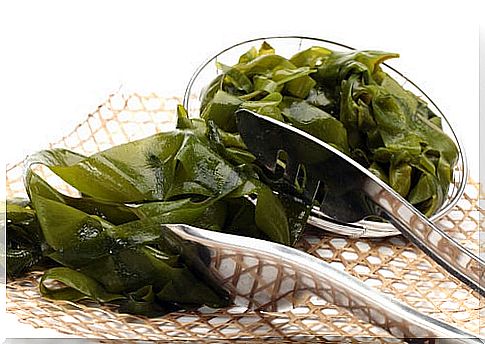
Surely you have read a recipe where one of its ingredients is seaweed and you have asked yourself, how is it consumed? Where are they acquired? Do they need to be boiled? In this article we will talk about how to consume seaweed and the nutritional contributions of this ingredient that is increasingly present in popular gastronomy.
Different types of algae
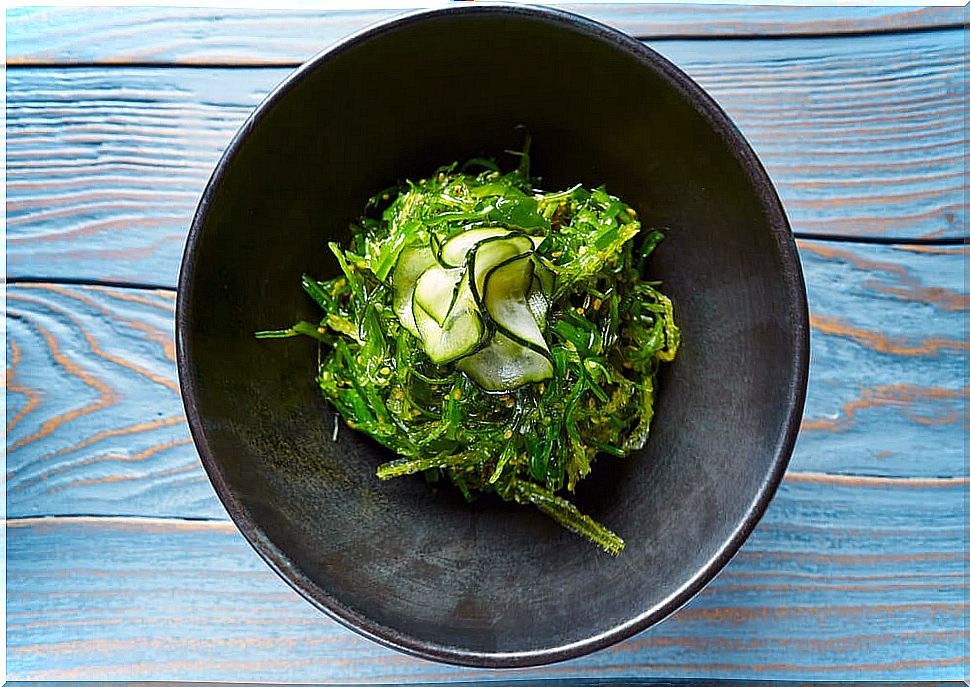
The first thing you have to know before consuming algae is that it can be divided into three large groups: brown, red and blue.
Brown algae
- Nori : laver, sloke, ova marina and slake. They are rich in protein and vitamin A. They can be combined with fried foods.
- Nishime Kombu : carweed, tangle and wrack. Provides potassium and iodine, in turn give sweet flavor to foods.
- Ito Wakame : they are combined with cooked vegetables and offer calcium, vitamins B and C and potassium.
- Hiziki : they go very well with root vegetables such as carrots or beets. They have large amounts of potassium, calcium, and iron.
- Arame : it is soft in texture and light in taste, rich in iodine and calcium.
- Alaria : dabberlocks, murlins, and wing keep. These are rich in minerals and vitamins and are used to prepare soups.
Red algae
- Dulse : they combine perfectly with cooked cereals and provide iron, phosphorus and potassium.
- Agar-agar : shiro kanten. It is a kind of soft and very nutritious gelatin, especially in fibers.
- Carragaheen : Irish moss. It has large amounts of complex carbohydrates, as well as calcium and potassium.
Blue algae
- Spirulin: rich in amino acids and proteins that is sold in the form of tablets or powder to include in cereals, yogurt, juice or milk.
Tips for preparing seaweed
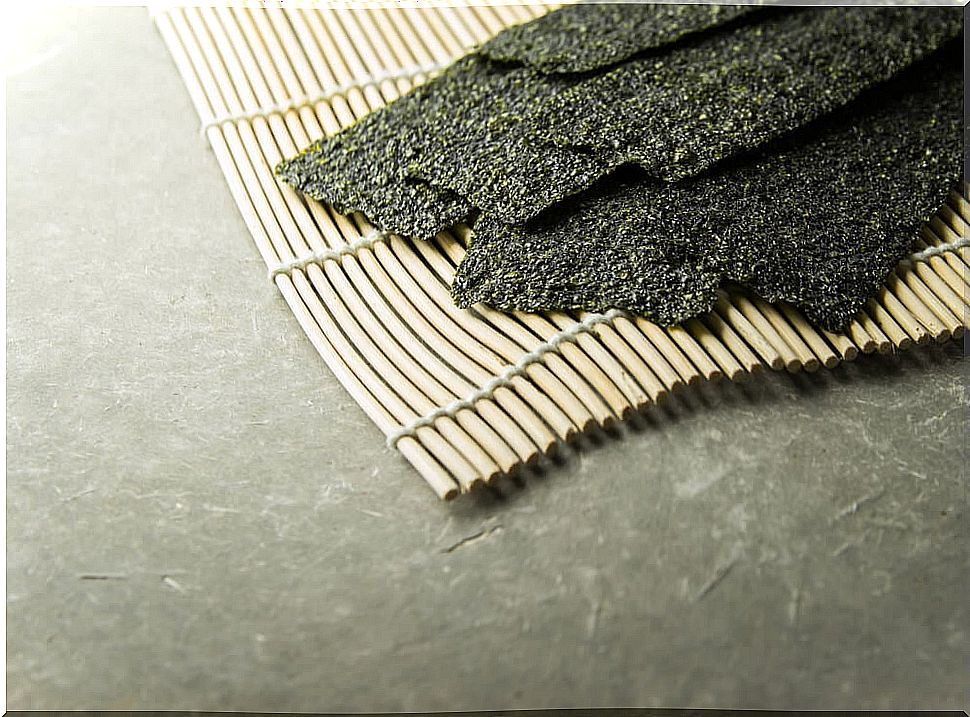
- If they have too much salt or sand, they should be washed with plenty of cold water.
- All algae, regardless of which group they belong to, must be soaked for at least 20 minutes, so that they increase up to 7 times in size and volume.
- Green algae, when soaked, can be cut into strips in the same direction as its growth. The red can be chopped, cooked whole or undone in dry and the agar-agar allows a “free” cut before or after soaking.
Cooking tips
- The Wakame seaweed, nori, chlorella, kelp, spirulina and dulse can be eaten without cooking.
- The Kombu alga require the least 45 minutes to soak and then half hour of cooking. The broth obtained can be used to make soups or sauces or to cook legumes for a different flavor.
- The hijiki seaweed are preferred consumption during the winter months and having a very strong flavor, are used in small amounts. They can be included in soups, stews or puddings. It is necessary to soak them for 30 minutes and they need the same to cook them. Reheating them is not recommended.
- While Wakame seaweed can be used in dozens of dishes, it is the quintessential ingredient in miso soup. It takes about 15 minutes to hydrate and 10 to cook. It can also be eaten raw in salads.
- In the case of nori seaweed, it does not require soaking and you can consume it toasted, using a pan directly over the fire, until it reaches a shade between golden and green. Then you cut it into small pieces with scissors and crush it with your hand (when it is already warm), sprinkling it on top of soups or cereals.
- The kanten seaweed is used mainly in cold sauces, creams, puddings, salads, fruit jelly base or to thicken soups and stews.
Reasons to consume seaweed
They have great nutritional value
- They are good for diabetics: having a sweet taste but complex sugars, they do not increase the level of glucose in the blood.
- Excellent for vegetarians: because they offer large amounts of protein, being very interesting to consume seaweed for vegans and vegetarians. Spirulina offers more of these nutrients than eggs, fish, and meat.
- They cover the daily needs of iron: especially spirulina, which contains a lot, six times more than cereals and spinach. It is good for anemia or weakness in general.
- They are good against hypertension: they regulate the cardiovascular system and help fight high blood pressure.
They keep our body healthy
- They improve eyesight: due to their high content of vitamin A. Nori and spirulina types are recommended.
- They calm the cough: as well as they are very good to cure flu and colds. In traditional medicine they are used as a tonic for the respiratory system, mixing honey and lemon juice.
- They keep skin and hair healthy: due to vitamin A (more than wheat germ), known as the vitamin of beauty and longevity. Some algae in turn have zinc, effective for treating acne. Others give shine to the hair.
- They are good for bones and teeth: dried iziki seaweed has 15 times more calcium than milk. The same as spirulina and wakame, recommended to prevent osteoporosis or to help mend a broken bone.
For the digestive system
- They help in digestion and intestinal transit: if they are consumed together with legumes, due to their contribution in fibers. The same happens when consuming them with fried foods, because the algae allow better digestion.
- They purify the intestine: they are cleansers of this organ due to algenic acid. Eliminates toxins that are deposited on the walls of the colon. They are used as a natural remedy for colitis.
- They lower cholesterol: because they have 5% unsaturated fats that reduce the levels of “bad” cholesterol, they also do not contain saturated fats and fiber to reduce them.
After knowing all these contributions to health, you will surely dare to consume seaweed more frequently. You can include them in your traditional dishes or create unique preparations based on these sea vegetables. Cheer up!
